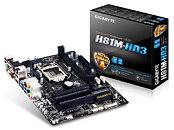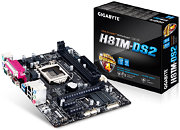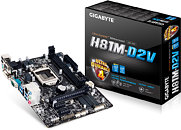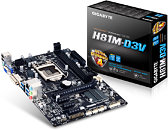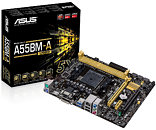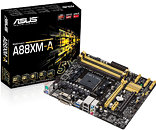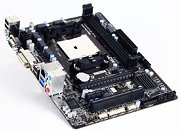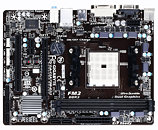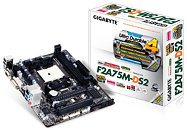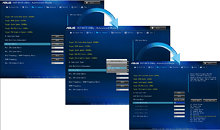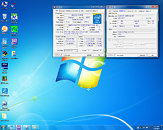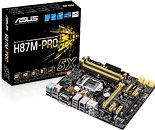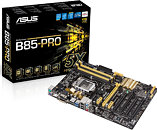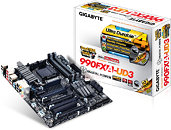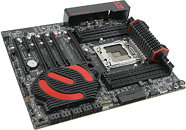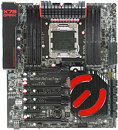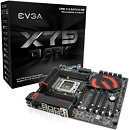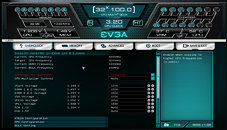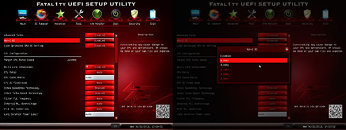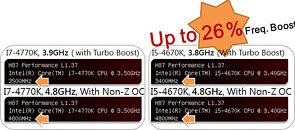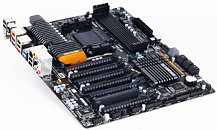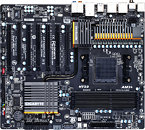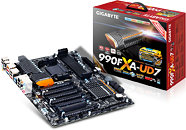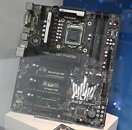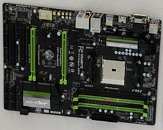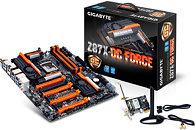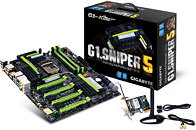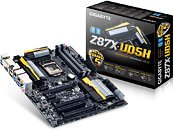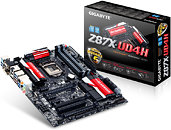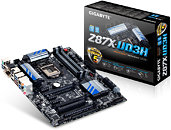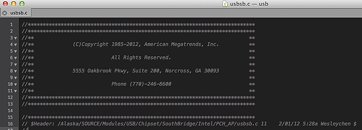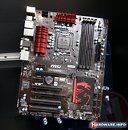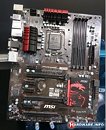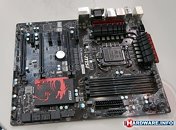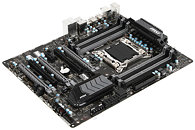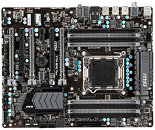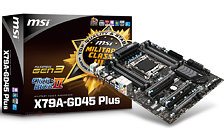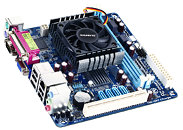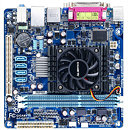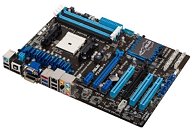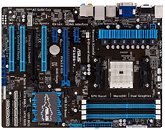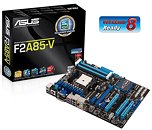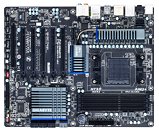
GIGABYTE Rolls Out H81M-HD3 Socket LGA1150 Motherboard
While GIGABYTE's first motherboards based on Intel's new entry-level H81 Express chipset were mostly focused on small business PC builds, its latest one could lure HTPC builders. The new H81M-HD3 is built in the narrow micro-ATX (244 x 190 mm) form-factor as the other H81-based motherboards from the company, with a feature-set tuned for the living room. To begin with, the board draws power from a combination of 24-pin ATX and 8-pin EPS connectors; the LGA1150 socket is powered by the same simple 2+1 phase VRM. The CPU socket is wired to two DDR3 DIMM slots, supporting up to 32 GB of dual-channel DDR3 memory; and a PCI-Express 2.0 x16 slot (as PCIe gen 3.0 is outside the platform's feature-set). A pair of legacy PCI slots and a PCI-Express 2.0 x1 make for the rest of the expansion area.
The H81 PCH gives out two each of SATA 6 Gb/s and SATA 3 Gb/s ports. With the help of an additional VLI-made USB 3.0 host controller, the board features a total of six USB 3.0 ports (four on the rear panel, two by header). Display connectivity includes dual-link DVI, D-Sub (VGA), DisplayPort, and HDMI. 8-channel HD audio with optical (TOSLINK) SPDIF output, driven by Realtek ALC892 CODEC; and gigabit Ethernet, driven by Realtek 8111F controller, make for the rest of the connectivity. COM and LPT ports are given out by headers. The board is driven by AMI Aptio UEFI BIOS, backed by GIGABYTE's dual-UEFI technology. We expect this one to go for around $60.
The H81 PCH gives out two each of SATA 6 Gb/s and SATA 3 Gb/s ports. With the help of an additional VLI-made USB 3.0 host controller, the board features a total of six USB 3.0 ports (four on the rear panel, two by header). Display connectivity includes dual-link DVI, D-Sub (VGA), DisplayPort, and HDMI. 8-channel HD audio with optical (TOSLINK) SPDIF output, driven by Realtek ALC892 CODEC; and gigabit Ethernet, driven by Realtek 8111F controller, make for the rest of the connectivity. COM and LPT ports are given out by headers. The board is driven by AMI Aptio UEFI BIOS, backed by GIGABYTE's dual-UEFI technology. We expect this one to go for around $60.

